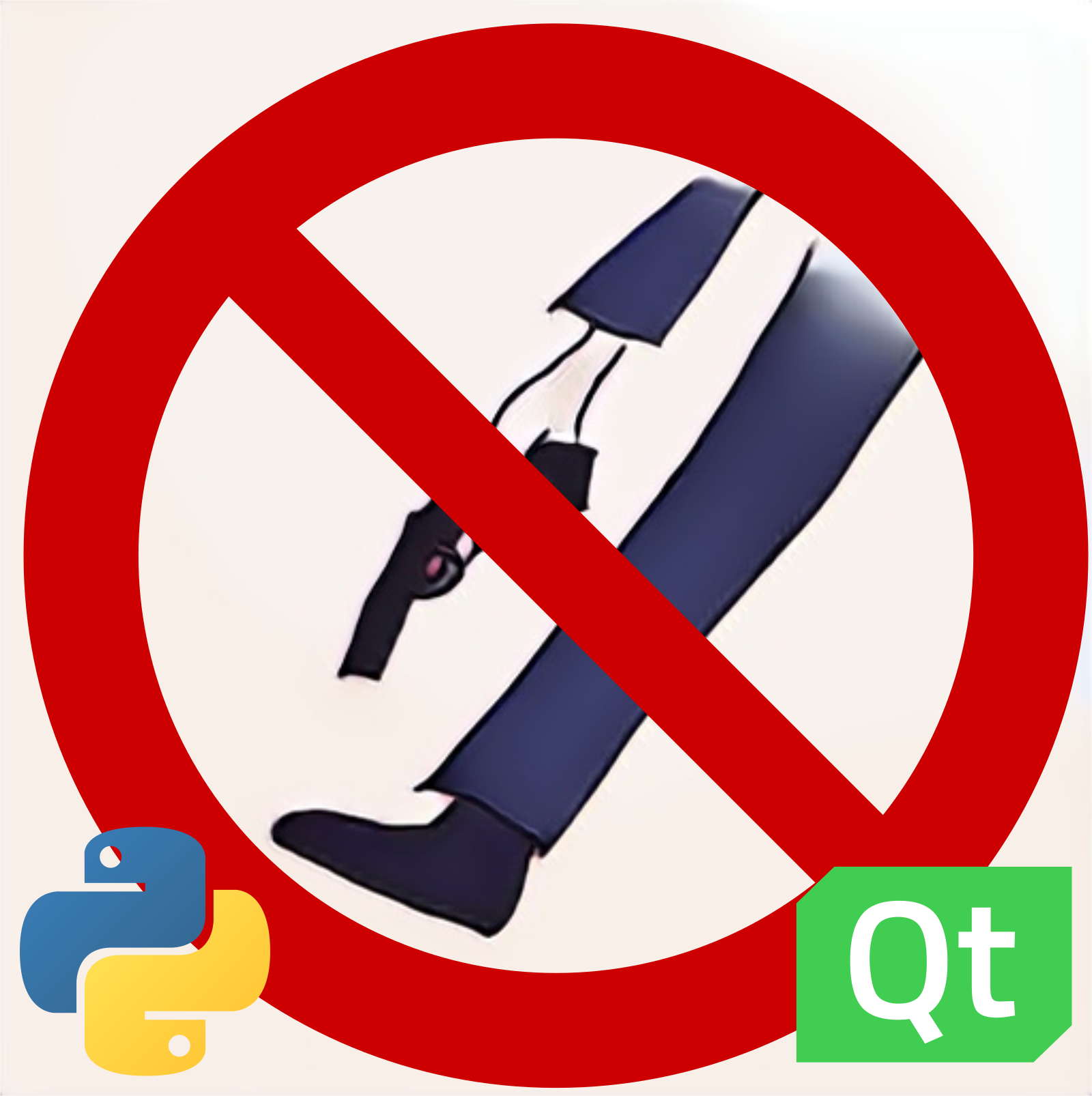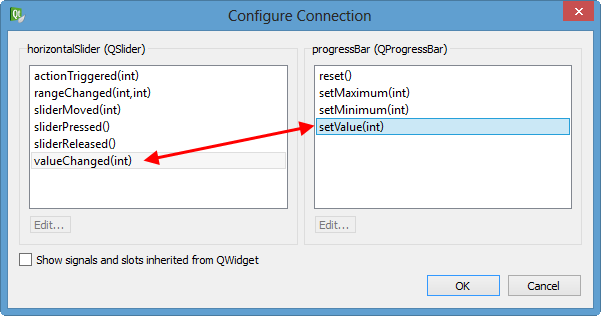Qt Signal Slot Automatic Connection
- PyQt Tutorial
'It's good practice to always connect signals to this slot using a QueuedConnection. If a signal connected (non-queued) to this slot is emitted before control enters the main event loop (such as before 'int main' calls exec), the slot has no effect and the application never exits. Using a queued connection ensures that the slot will not be invoked until after control enters the main event loop.' I have tried matching Qt's auto connect feature, but no luck. The auto connect ability was referenced from the following: Automatic Connections. Qt Project Forums. I do not want to manually connect every signal after instantiating each new object. In the following manner. The Qt signals/slots and property system are based on the ability to introspect the objects at runtime. Introspection means being able to list the methods and properties of an object and have all kinds of information about them such as the type of their arguments. QtScript and QML would have hardly been possible without that ability. Qt's signals and slots mechanism ensures that if you connect a signal to a slot, the slot will be called with the signal's parameters at the right time. Signals and slots can take any number of arguments of any type. Signals and slots were one of the distinguishing features that made Qt an exciting and innovative tool back in time. But sometimes you can teach new tricks to an old dog, and QObjects gained a new way to connect between signals and slots in Qt5, plus some extra features to connect to other functions which are not slots. Let’s review how to get the most of that feature.
- PyQt Useful Resources

- Selected Reading
Unlike a console mode application, which is executed in a sequential manner, a GUI based application is event driven. Functions or methods are executed in response to user’s actions like clicking on a button, selecting an item from a collection or a mouse click etc., called events.
Widgets used to build the GUI interface act as the source of such events. Each PyQt widget, which is derived from QObject class, is designed to emit ‘signal’ in response to one or more events. The signal on its own does not perform any action. Instead, it is ‘connected’ to a ‘slot’. The slot can be any callable Python function.
Huuuge Casino combines the biggest & best Vegas and Macau have to offer - the greatest games and the most exciting players. Join us at the first truly global casino. Play huuuge casino online.
In PyQt, connection between a signal and a slot can be achieved in different ways. Following are most commonly used techniques −
A more convenient way to call a slot_function, when a signal is emitted by a widget is as follows −
Suppose if a function is to be called when a button is clicked. Here, the clicked signal is to be connected to a callable function. It can be achieved in any of the following two techniques −
or

Example
In the following example, two QPushButton objects (b1 and b2) are added in QDialog window. We want to call functions b1_clicked() and b2_clicked() on clicking b1 and b2 respectively.
When b1 is clicked, the clicked() signal is connected to b1_clicked() function
When b2 is clicked, the clicked() signal is connected to b2_clicked() function
Qt Signal Slot Parameter
Example
Qt Signal Slot Automatic Connection Switch
The above code produces the following output −